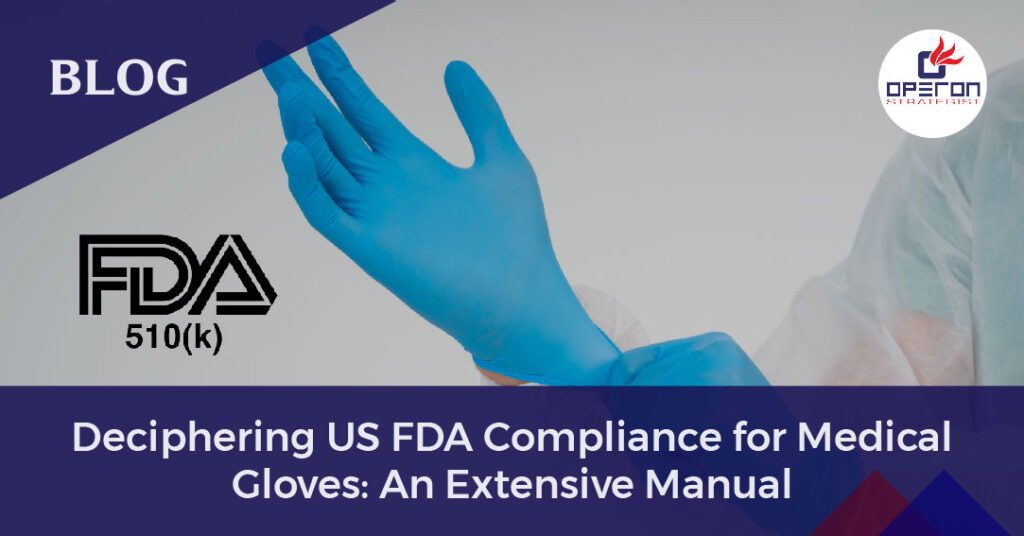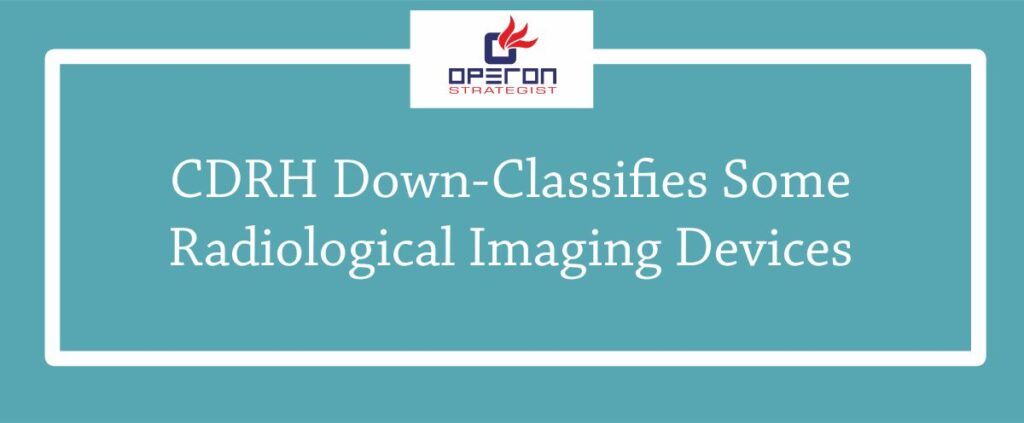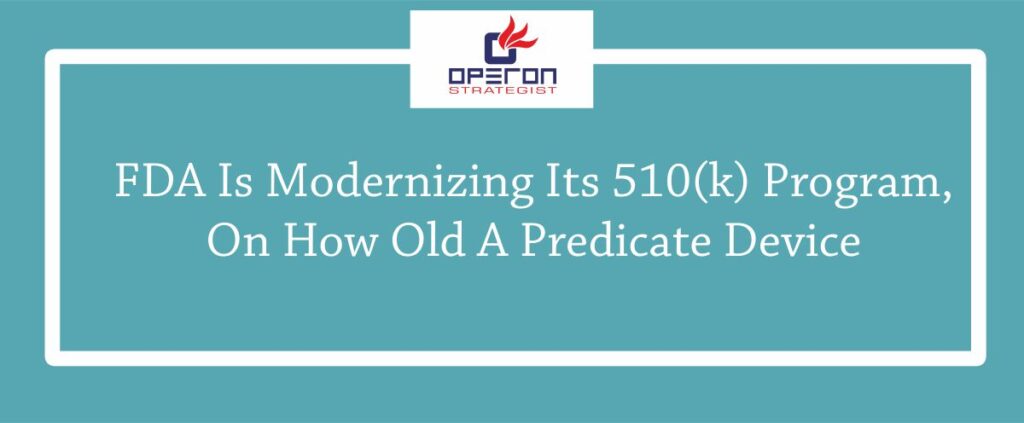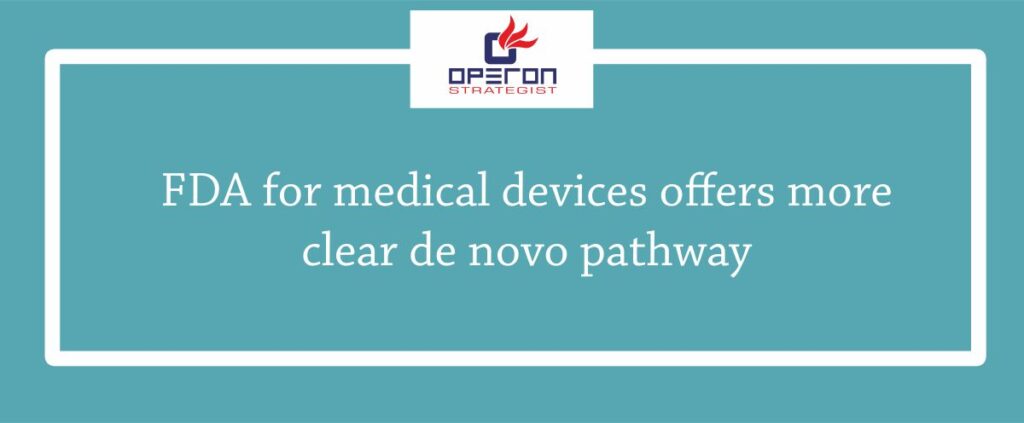Introduction to US FDA Compliance for Medical Gloves
Medical gloves play a crucial role in healthcare settings, serving as a barrier against infection transmission and ensuring the safety of both patients and healthcare workers. However, the manufacturing, distribution, and usage of medical gloves are subject to stringent regulations set forth by regulatory bodies like the United States Food and Drug Administration (FDA). In this blog post, we’ll delve into the intricacies of US FDA compliance for medical gloves, outlining the key requirements and considerations for manufacturers, distributors, and end-users.
Read more about How is Medical Glove Manufacturing Done?
Looking For a Medical Device Regulatory Consultant?
Let’s have a word about your next project
Understanding FDA Regulations
The FDA regulates medical gloves under the Federal Food, Drug, and Cosmetic Act (FD&C Act) and the Public Health Service Act (PHS Act). These regulations aim to ensure the safety, efficacy, and quality of medical devices, including gloves, available in the US market. Medical gloves are classified as Class I medical devices, subject to general controls, and in some cases, special controls.
Get Expert Consultation on the US FDA Compliance for Medical Device
Key Requirements for US FDA Compliance
- Quality Systems Regulations (QSR): Manufacturers must adhere to the FDA’s Quality Systems Regulations, which outline requirements for the design, production, labeling, and packaging of medical devices. Compliance with QSR ensures that medical gloves meet quality standards and are safe for use.
- Premarket Notification (510(k)) or Premarket Approval (PMA): Depending on the type of medical glove and intended use, manufacturers may need to submit a Premarket Notification (510(k)) or Premarket Approval (PMA) application to the FDA. These submissions demonstrate that the gloves are substantially equivalent to predicate devices or meet specific safety and efficacy criteria.
The Difference Between 510K and PMA?
- Labeling Requirements: Medical glove labeling must include essential information such as the manufacturer’s name, product description, intended use, size, material composition, and instructions for use. Labels should also comply with FDA regulations regarding symbols, warnings, and precautions.
- Biocompatibility Testing: Medical gloves must undergo biocompatibility testing to assess their potential to cause adverse reactions or harm to patients or healthcare workers. Biocompatibility testing evaluates factors such as cytotoxicity, sensitization, and irritation to ensure the safety of the gloves.
- Manufacturing Practices: Manufacturers must follow Good Manufacturing Practices (GMP) to maintain consistency and quality throughout the production process. GMP encompasses various aspects, including facility design, equipment maintenance, personnel training, and sanitation protocols.
- Adverse Event Reporting: Manufacturers, distributors, and healthcare facilities are required to report any adverse events associated with the use of medical gloves to the FDA. Adverse events include incidents such as allergic reactions, chemical burns, or glove failure that result in patient harm.
Ensuring Compliance
Achieving US FDA compliance for medical gloves requires a collaborative effort among manufacturers, distributors, regulatory consultants, and healthcare professionals. Here are some steps to ensure compliance:
- Conduct thorough risk assessments to identify potential hazards associated with medical gloves and implement appropriate mitigation strategies.
- Stay updated on FDA regulations, guidance documents, and industry standards related to medical gloves.
- Establish robust quality management systems and documentation practices to track compliance efforts and facilitate regulatory audits.
- Engage with regulatory experts and seek guidance from FDA representatives to address specific compliance challenges or inquiries.
- Prioritize ongoing training and education for personnel involved in the manufacturing, distribution, and use of medical gloves to promote awareness of regulatory requirements and best practices.
US FDA compliance is paramount for ensuring the safety, efficacy, and quality of medical gloves used in healthcare settings. By understanding and adhering to FDA regulations, manufacturers, distributors, and end-users can contribute to the overall protection and well-being of patients and healthcare workers. Continuous vigilance, collaboration, and commitment to compliance are essential for navigating the regulatory landscape and fostering a culture of safety within the medical glove industry.
Role of Operon Strategist in Achieving US FDA Compliance for Medical Gloves
Operon Strategist, a medical device regulatory consultant company, assists manufacturers in achieving US FDA compliance for medical gloves through expert guidance, compliance assessments, documentation support, implementation of quality management systems, risk management assistance, and regulatory liaison services. They ensure manufacturers meet FDA regulations by providing tailored strategies, comprehensive documentation, and facilitating communication with regulatory authorities.
- adminhttps://operonstrategist.com/author/admin-2/
- adminhttps://operonstrategist.com/author/admin-2/
- adminhttps://operonstrategist.com/author/admin-2/
- adminhttps://operonstrategist.com/author/admin-2/




